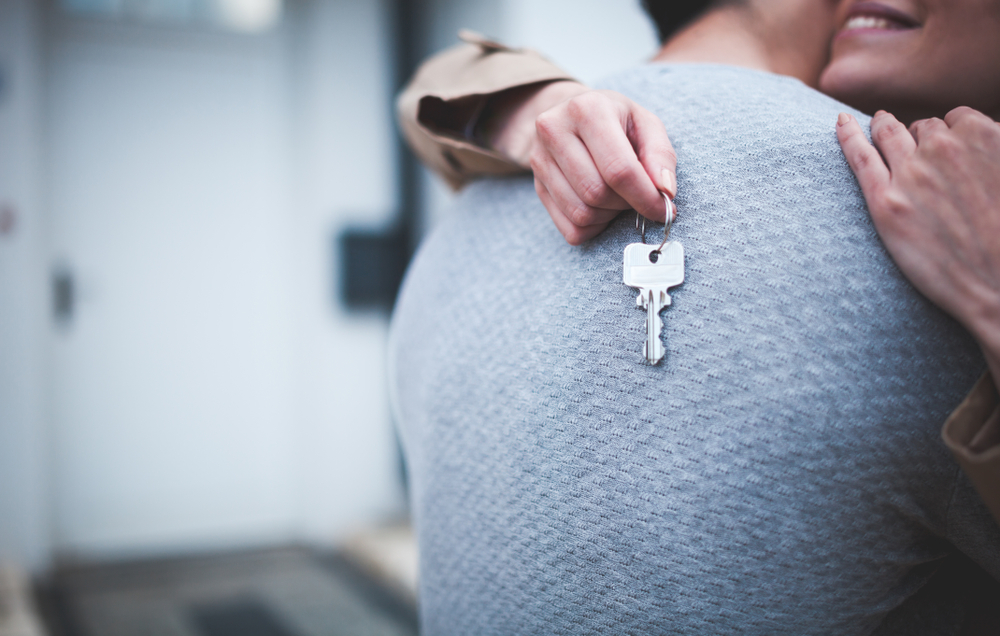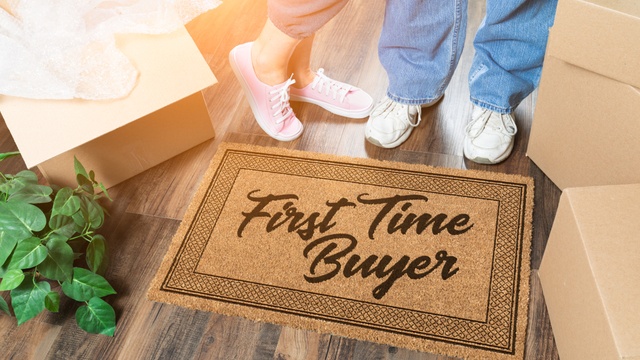It can feel like a long road to saving the money you need for a mortgage. Follow this plan, and you could hit your goal ASAP.
Before you start, work out how much money you’re going to need for a deposit. This will depend on your income, where you want to live and what property you’re looking to buy.
While more 95% mortgages are making their way back onto the market, it’s a good idea to aim for a 15% deposit. If you don’t end up putting down all your savings for the deposit, you can use what’s left for solicitor's fees or work on your new house.
1. Work out your disposable income
Look at your income for each month and work out your essential outgoings.
This includes bills, rent, car payments and debts. The number you have left after you've paid these is your disposable income.
You can use this budget calculator to put in your income and add all your outgoings as well. It will work out what you should have left after you make your essential payments.
You'll still need to factor in other living costs such as food shopping, but this type of spending is much more flexible, and there are plenty of ways you can keep the costs down.
By working out what your disposable income is, you should be able to figure out how much you can afford to save each month. You'll then be able to get a rough idea of what your savings will look like in 12 months.
2. Get a good savings account
To give your deposit a boost, opening a savings account such as an ISA or Fixed-rate Savings Account.
Lifetime ISA (LISA)
This type of ISA is ideal for a first-time buyer. The government will add an extra 25% on top of what you save. However, you can only save a maximum of £4000 a year, which is roughly £333 a month.
To be eligible for a Lifetime ISA, you need to be between the ages of 18 and 40 and a UK resident. However, there are some restrictions:
- you'll only be able to withdraw the money when you're ready to buy your first home
- the home you’re buying can’t cost more than £450,000
- you must be planning on living in the house, not renting it out.
If you’re looking to buy with a partner, you can combine your LISA savings to buy a property together.
Fixed-rate bond
Another alternative is a fixed rate bond for 1 year. You can deposit money into the account, but you can’t withdraw anything until the fixed term is up. So, if you get a fixed-rate bond for one year, your money will be locked away until that year is up. If you decide to close your account before the end of the term, you may be charged a hefty penalty fee.
Interest rates vary depending on the account provider. However, interest rates are likely to be a lot less than the Lifetime ISA's which makes it a less desirable option for first-time buyers.
3. Look into government resources
Alongside your savings, you could also consider some of the resources the government has to offer.
Help to buy shared ownership
This would allow you to buy a share of the property (usually between 25% and 75% of its entire value). You would then be able to buy bigger shares later down the line when you're in a better financial position.
To be eligible you must be in a household that earns less than £80,000 per year (or less than £90,000 in London). You also need to be a first-time buyer.
Help to Buy equity loan
This option is also only available to first-time buyers. It's a loan from the government that goes towards buying a new build property (your homebuilder must be registered for the Help to Buy equity loan scheme).
You can borrow anywhere between 5% to 20% of the overall cost of the property (40% if you’re in London).
To find out more about what government schemes are available, read more here.
4. See if you can cut your rent
This might not be an option for everyone, but if you can cut back on rent this could be a huge help. You could investigate finding a house share and potentially taking the smallest room.
Another option would be to move in with family or friends who would be likely to charge you less rent, or if you’re very lucky, they may not make you pay at all.
While this isn't an option for everyone, you could simply look at finding a cheaper place to rent. It will only be temporary and may help you save a bit extra.
5. Be frugal with your daily spending
One of the most important changes will be your everyday spending.
Whilst a coffee or meal deal seem like a small expense at the time, these are the ones that add up the most. Cutting out spending like this will make a huge difference to your bank statement.
The key to saving is spending less than what you earn. This means cutting down on luxuries such as dining out, unnecessary online shopping and takeaway coffees.
If you’re struggling, you could try tracking these three categories to see if you’re overspending on non-essentials.
Another key idea is to try and implement savvy shopping tips into your daily spending habits to help you save such as:
- using loyalty cards or schemes whenever you shop
- looking for vouchers or discount codes before you buy anything
- use cashback sites to earn money on your purchases
- make a shopping list before you hit the supermarket.
6. Sell your stuff online
Using resell sites is a good way to boost your income. You may have some unused stuff lying around the house that someone else wants.
Some popular resell sites are:
For eBay, Gumtree and Shpock, you can sell old toys, furniture and electronics. However, for Vinted and Depop, these are for selling old clothes and accessories. Many people shop secondhand as well, so with the right marketing, you’re bound to make a sale.
For tips and tricks on how to sell your stuff, read here.
Disclaimer: We make every effort to ensure content is correct when published. Information on this website doesn't constitute financial advice, and we aren't responsible for the content of any external sites.







